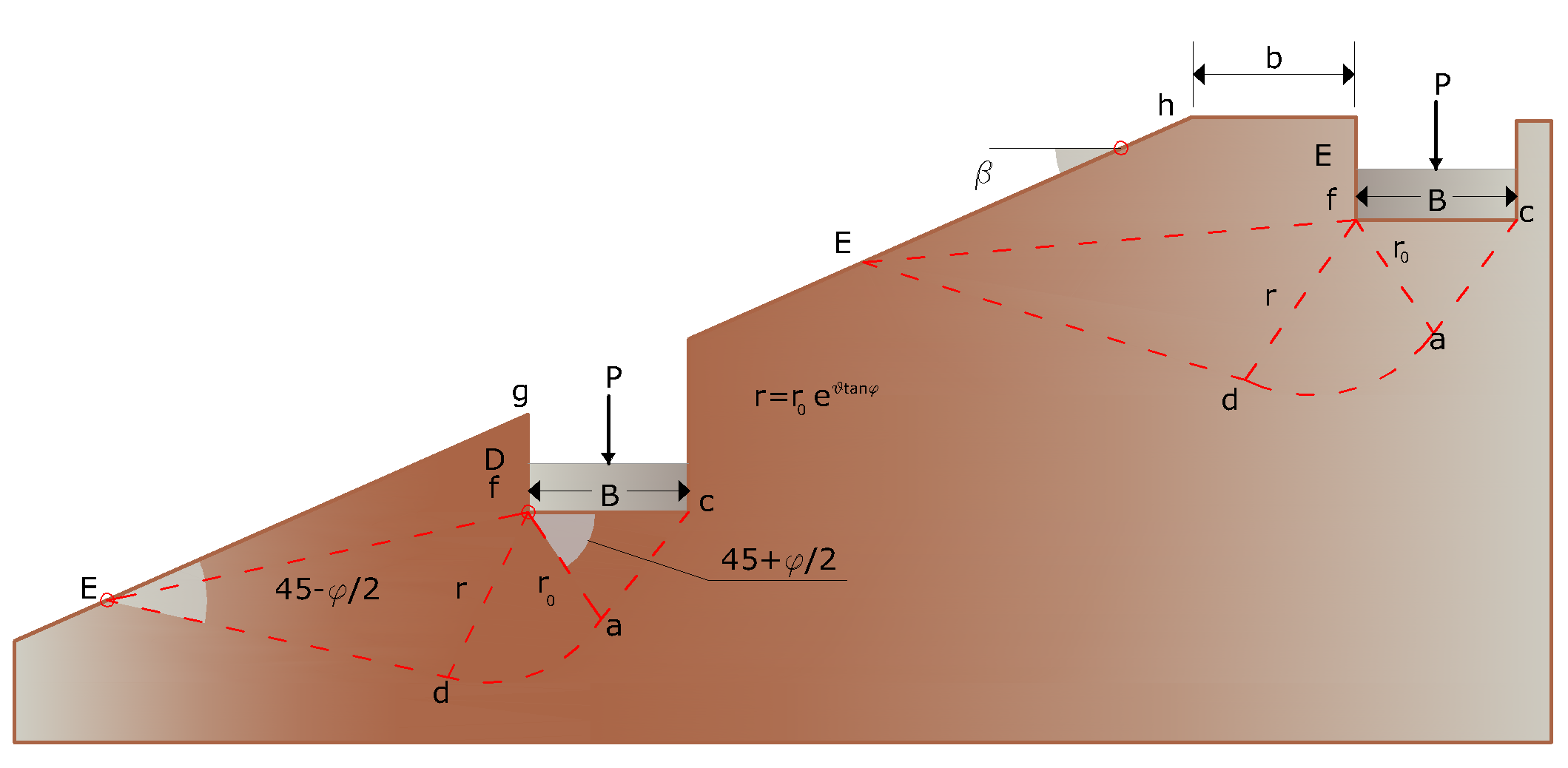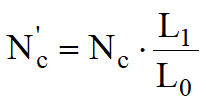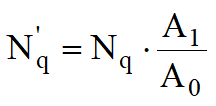A special problem that may be encountered occasionally is that of a footing located on or adjacent to a slope (image below). From the figure it can be seen that the lack of soil on the slope side of the footing will tend to reduce the stability of the footing.

Foundation set up on a slope or in the immediate vicinity
The solution of this problem is resolved by calculating reduced coefficients N'c and N'q and assuming that the slope line is a principal direction.
The computation of N'c reduced considers as failure surface ade = L0 related to the case of foundation in horizontal plane, and and the failure surface adE = L1 of the image above obtaining:

The coefficient N'q is reduced using the ratio of the areas D(ce) = A0, for a level footing, and Efg of the image above (or the alternative Efgh = A1 of the image above) to obtain the following:

In case of slope with A1≥ A0 :
![]()
The overall slope stability should be checked for the effect of the footing load using a slope-stability program (Slope by GeoStru).
The bearing capacity is computed using the usual equations and reduction coefficients:
![]()
The coefficient Nγ ,that is a function of the weight of the soil, is not corrected to account for the slope. When β = 0 the coefficients N'c and N'q are the same as those acting when the footing is on leveled ground for every value of f independently of the ratios D/B (bearing surface depth/width) and b/B (distance from slope/width). When D/B>0 the effect of the depth is already included in Nc and Nq so the reduction coefficients should no longer be used.
© GeoStru